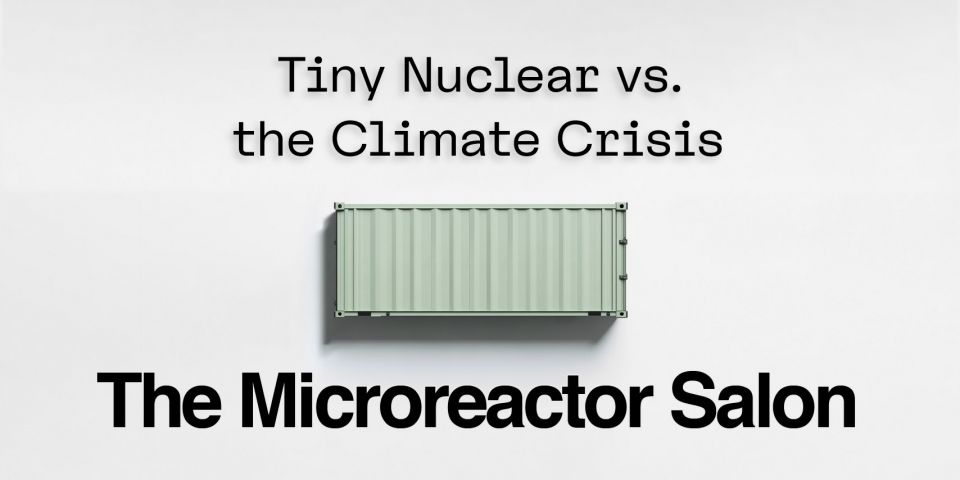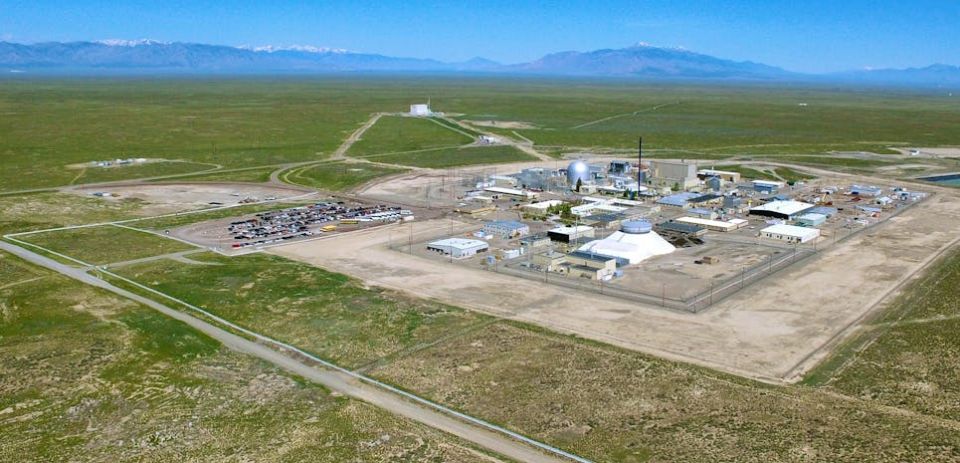District energy background: EPRI points out that district energy has been used for nearly 150 years in various settings. In a district energy system, heating, cooling, and (when joined with a power plant) electricity are provided to buildings in a particular area from a centralized plant through a network of connections. These systems are used in settings such as college and hospital campuses, airports, military bases, and downtown districts.
According to the District Energy Association, more than 700 district energy systems are currently operating in the United States.
Most systems tend to use natural gas as a power source, though renewable sources, such as geothermal and hydrothermal, have also been used. According to EPRI, this type of centralized energy production “takes advantage of economies of scale to improve energy efficiency and reliability, as well as reducing costs and carbon emissions.”
Reliable and resilient nuclear: The NuIdea Initiative seeks to incorporate nuclear power from microreactors into the district energy market as a promising way “to support the de-carbonization of district energy systems while providing reliable and resilient sources of energy.” The initiative's working group includes EPRI, the International District Energy Association, the Nuclear Energy Institute, Burns and McDonnell, CenTrio Energy, Constellation, Duke Energy, North Carolina State University, Sargent and Lundy, and the University of Illinois–Urbana-Champaign.







